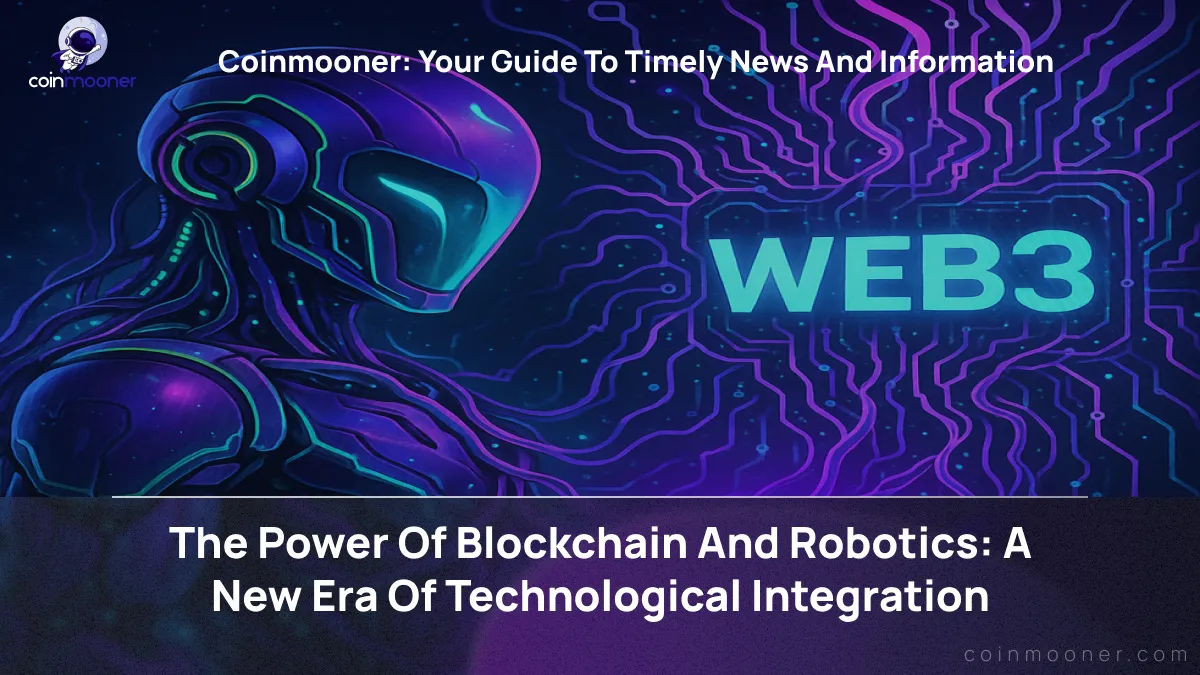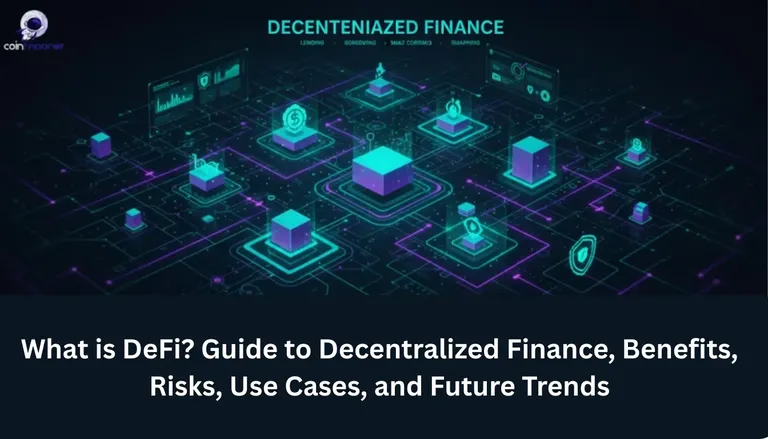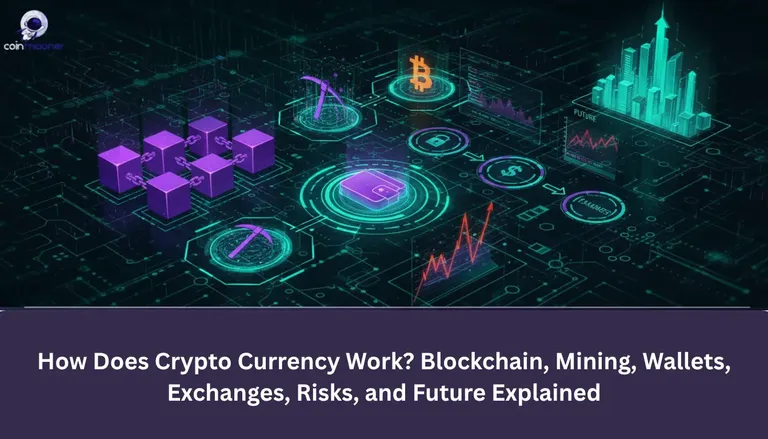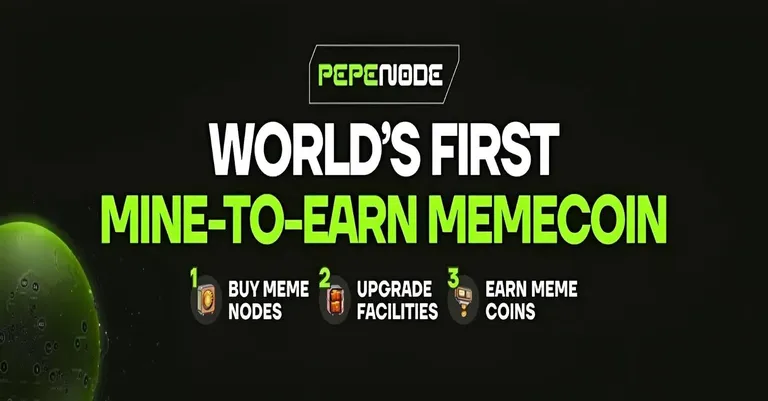Robotics Meets Web3: The Future of Autonomous Systems and Blockchain Innovation

In our time, the world is changing at an astonishing speed. Every day, new technologies and inventions emerge that drastically change our daily lives and work. This has been made possible by the rapid development of scientific and technical disciplines. We are increasingly encountering innovations that once seemed like science fiction but are now becoming a reality, aiming to improve our lives, work, and interaction with the world. One of these revolutionary fields is robotics, which is actively being implemented in various industries, from healthcare to logistics. When combined with new technologies like Web3, these advancements become even more significant and promising.
Robots are becoming an increasingly integral part of many industries, and the interest in integrating them into daily life continues to grow. Many companies are actively working on creating autonomous systems and smart devices that can interact effectively with people and each other. Surprisingly, many of these innovations are closely related to the Web3 industry. This concept of decentralized and open platforms based on blockchain opens up enormous opportunities for autonomous systems, providing security, transparency, and the ability to interact between devices and agents without intermediaries. Thus, robots and Web3 technologies are becoming not only part of the future but also essential tools for improving all areas of human activity.
In this article, our Coinmooner team is pleased to introduce three promising projects that link robotics with the Web3 industry. These projects have great potential as they enable the creation of innovative ecosystems where autonomous devices can effectively interact with each other, solve complex problems, and ensure sustainable development.
FETCH.AI

The first project that Coinmooner wants to talk about is Fetch.ai. This is a British project founded in 2017 by a team led by Humayun Sheikh, one of the early investors in DeepMind (later sold to Google). The company is based in Cambridge, UK, and from the very beginning, it aimed to create an infrastructure for autonomous digital agents that can make decisions and interact with each other without human involvement. The main idea behind Fetch.ai is to combine blockchain technologies, machine learning, and the agent-based AI model to build a decentralized economy of the future.
Fetch.ai's impact on robotics is seen in creating a platform where physical devices such as delivery robots, drones, vehicles, and IoT devices can autonomously search for tasks, enter into contracts, and perform actions without a centralized operator. For example, an autonomous robot could find the nearest charging station, negotiate a price, make a payment, and charge itself. All of this happens between machines with minimal human involvement. Such scenarios bring us closer to the concept of a "Machine-to-Machine (M2M) economy," where devices interact economically with each other.
In the context of Web3, Fetch.ai uses its blockchain based on the Cosmos SDK, which ensures scalability and compatibility with other decentralized systems. All agent interactions are carried out through smart contracts, and the $FET token is used to pay for services, staking, and securing the network. An "Open Economic Framework" has also been implemented as a set of tools for training and deploying your digital agents. Thanks to this, Fetch.ai provides Web3 infrastructure for automating processes in robotics, logistics, smart cities, and industrial systems.
SINGULARITYNET

This project was founded in 2017 by researchers and entrepreneurs, including José Delgado and Hageya Singhala, to create a decentralized artificial intelligence (AI) platform based on blockchain technologies. Inspired by the idea of creating an open market for AI services, SingularityNET was designed to allow developers worldwide to create, share, and monetize their AI programs through a decentralized network. It became well-known due to its close collaboration with Hanson Robotics, the company behind creating the famous humanoid robot Sophia.
SingularityNET significantly impacts robotics, as its technologies enable the integration of AI models into autonomous robots. For example, the robot Sophia uses SingularityNET’s capabilities to access various AI resources, such as speech recognition, image processing, and other complex computations. In the future, SingularityNET may allow robots and other devices to interact with each other and learn without centralized control, opening up new horizons for autonomous systems and industrial robotics.
In the context of Web3, the project uses blockchain to ensure transparency, security, and decentralized data exchange. The $AGIX token is the primary medium of exchange and payment on the platform, and it is also used for staking and network governance. Smart contracts automate interactions between users and AI services, and the network itself functions as a decentralized platform for discovering, using, and co-creating AI resources, fully aligning with Web3’s ideals of a distributed, open, and secure ecosystem.
ROBONOMICS NETWORK

The last project that Coinmooner wants to discuss is Robonomics Network. This is a decentralized Web3 platform developed for managing IoT devices and robotics. The project was founded in 2017 by a group of developers, including Sergey Lonshakov, Alexander Kapitonov, Alexander Krupenkin, and Alexander Starostin. The team comprises over 50 specialists and collaborates with universities and research institutions. Robonomics operates on the Ethereum, Polkadot, and Kusama blockchains and is compatible with the Robot Operating System (ROS), which allows the integration of robots and cyber-physical systems directly into the economy using smart contracts.
Robonomics’ impact on robotics lies in creating an infrastructure for autonomous robots and IoT devices that can interact with each other and humans without intermediaries. The platform enables robots and devices to become autonomous economic agents, sending and receiving payments, entering into contracts, and performing tasks using smart contracts. This opens new opportunities for applications in smart cities, autonomous logistics, and Industry 4.0.
Within Web3, Robonomics uses its token, XRT, which serves as a means of payment for transactions and access to services within the ecosystem. XRT is used to pay transaction fees on parachains, subscribe to priority IoT services, and interact with decentralized applications (dApps). The platform also includes tools such as Robonomics Web Service (RWS) and AIRA OS, which ensure communication between devices, data management, and command execution in a distributed environment.

COINMOONER
Coinmooner is confident that projects like Fetch.ai, SingularityNET, and Robonomics Network provide a powerful boost to both the development of robotics and the Web3 ecosystem. These technologies open new horizons for decentralized and autonomous systems, including robots and IoT devices. The integration of blockchain and AI enables robots and autonomous agents to interact with each other and automate processes with minimal human involvement, leading to the creation of more efficient and secure systems.
However, despite all the promising possibilities, it is important to remember that financial security must be given special attention in the Web3 industry. In a decentralized economy, users and developers must be especially cautious about protecting their assets, managing private keys, and ensuring secure transactions. We remind everyone that ensuring security in Web3 is not only the responsibility of platform creators but also the duty of each participant in the ecosystem.










